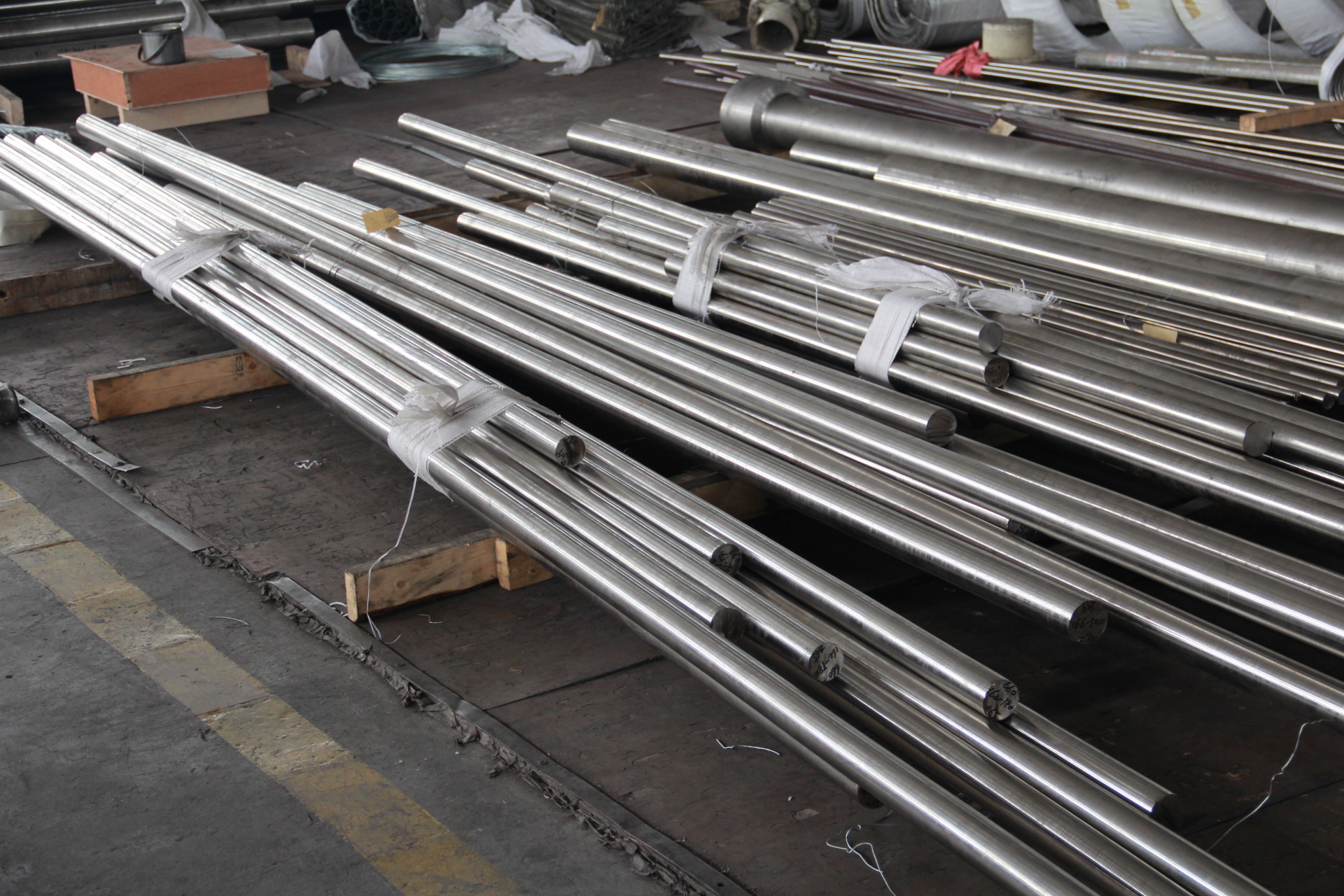Magnesium metal is only in recent decades developed a new type of lightweight corrosion-resistant metal material, magnesium in many areas have been widely used, has become an important resource. Yunnan Yuanjiang laterite nickel ore in China has high magnesium content and abundant reserves. Its MgO content is 28%, while the average nickel content is 0.83%. However, in recent research and development, it only focuses on the recovery of metal nickel, and the economic value of the mine. Metal magnesium, which is about twice the value of metallic nickel, is removed during the pyrometallurgical process by the CaO slag that is often incorporated. In this way, not only wastes resources, but also imposes a heavy burden on the environment. How to extract metal magnesium from this laterite nickel ore is obviously of great significance for energy saving and environmental protection. To this end, Yunnan Tin Research Institute Co., Ltd., based on the analysis of the ingredients of nickel laterite are carried out on thermodynamics of the extraction of magnesium metal from laterite nickel ore in a carbothermal reduction, achieved some noteworthy Results. After analysis, the composition of Yunnan Yuanjiang laterite nickel ore is as follows (wt%): Ni: 0.8 ~ 1.0, Co: 0.04 ~ 0.08; Fe: 12, MgO: 28, SiO2: 35, CaO: <0. 5, Al2O3: 3, H2O: 10.0 to 20.0. The treatment process of the laterite nickel ore is as follows: the laterite nickel ore is subjected to a 60-minute roasting pretreatment at 1023 K → mixing it with a certain amount of reducing agent coal and additives → preparing the ball at a ball-making machine pressure of about 4 MPa. Group → Place the pellet in an internal heat reactor, react at a vacuum pressure of about 10 to 20 Pa, and a temperature of 1473 K to 1523 K for 90 min → obtain a metal product in the condensation zone. The analysis and analysis of the obtained condensate showed that the condensate contained an average content of magnesium metal of 98.5% or more, and further contained a small amount of oxygen and silicon. Accordingly, it is known that it is feasible to extract metallic magnesium from laterite nickel ore by thermal reduction. Studies have shown that the process of carbothermal reduction of magnesium metal is mainly carried out by Mg2SiO4, Fe2O3, MgSiO3, MgFe2O4 and a small amount of NiO. The thermodynamic analysis shows that the temperature of Mg2SiO4 and MgSiO3 is more than 2173K under the pressure of Mg2SiO4 and MgSiO3, while the temperature of Mg2SiO4 and MgSiO3 is reduced to about 2073K. The silicon-carbon compound carbothermal reduction process extracts magnesium metal preferentially over the formation of SiC. At a vacuum pressure of 10 Pa, the initial temperature of each reaction was significantly lowered. The temperature of Mg2SiO4 and MgSiO3 by thermal reduction of metal magnesium vapor and SiO gas is above 1423K, while the temperature of Mg2SiO4 and MgSiO3 by thermal reduction of metal magnesium vapor and SiC is about 1323K. Precision alloy, is a kind of alloy owning special physical properties (such as magnetism, electrical, thermal and other properties).The vast majority of precision alloy is black metal based, only a few is based of nonferrous metals. It usually includes magnetic alloys, elastic alloys, expansion alloys, thermal bimetal, electrical alloy, hydrogen storage alloys, shape memory alloy, magnetostrictive alloy and etc.
In addition, in practical application some new type alloy are also considered to belonging into precision alloy, such as vibration damping alloy, stealth alloy, magnetic recording, superconducting alloys and microcrystalline amorphous alloy and etc.
Precise Alloy,Alloy Precision Cnc Machining,Precision Iso9001 Aluminum Alloy,Cnc Precise Alloy Machining Jiangsu nickel alloy Co.,Ltd , https://www.xhalloy.com

Extraction of metallic magnesium from laterite nickel ore
